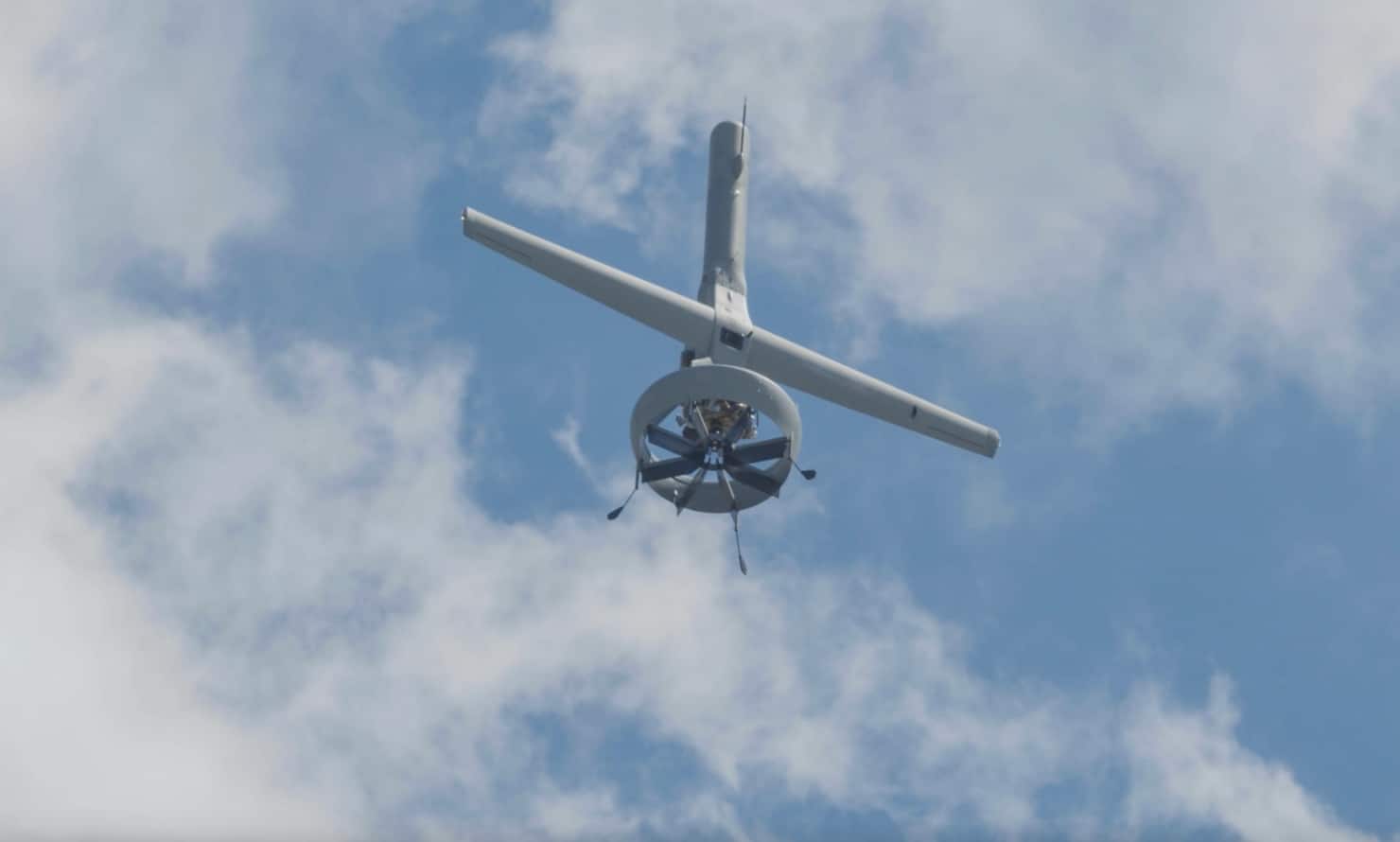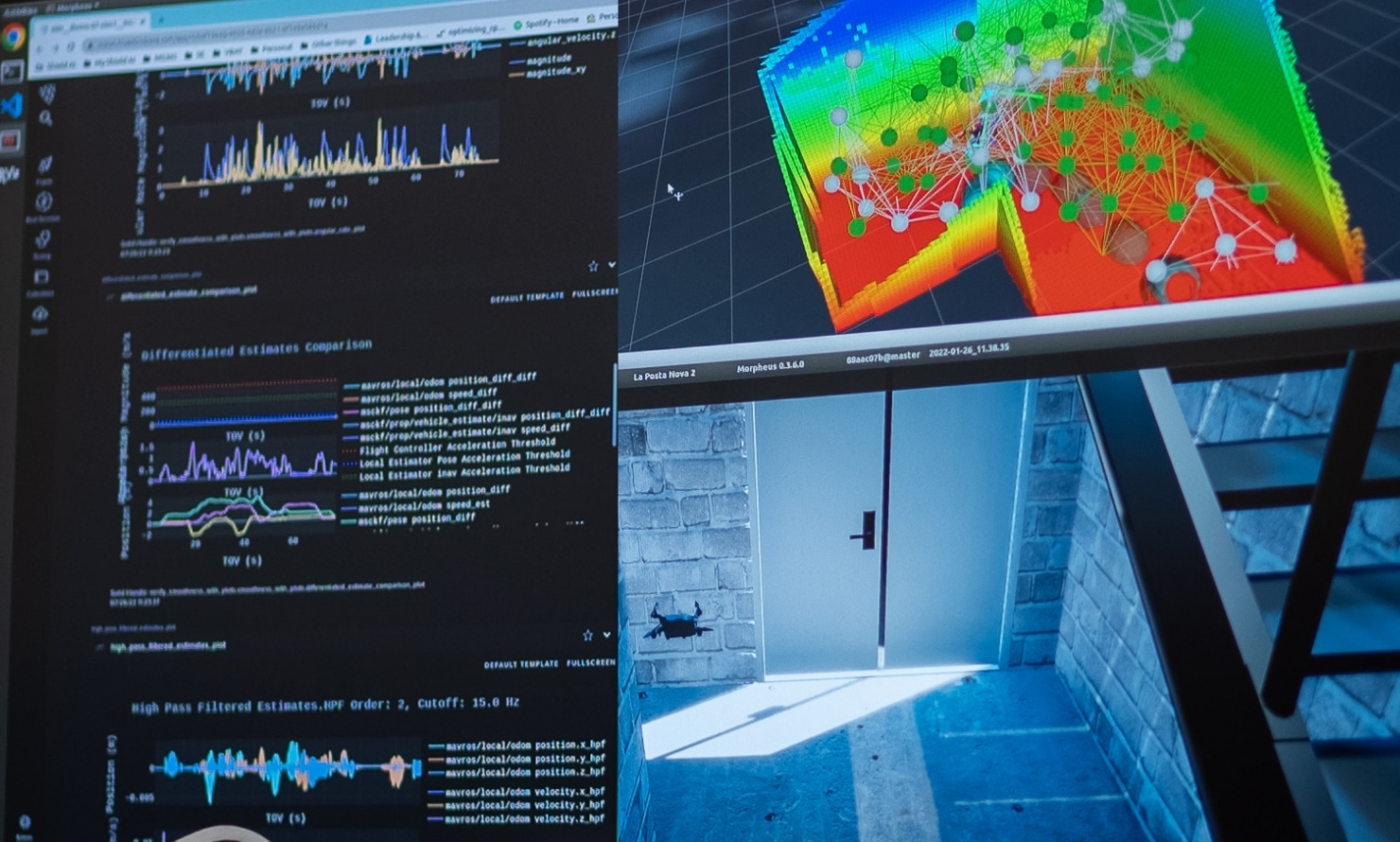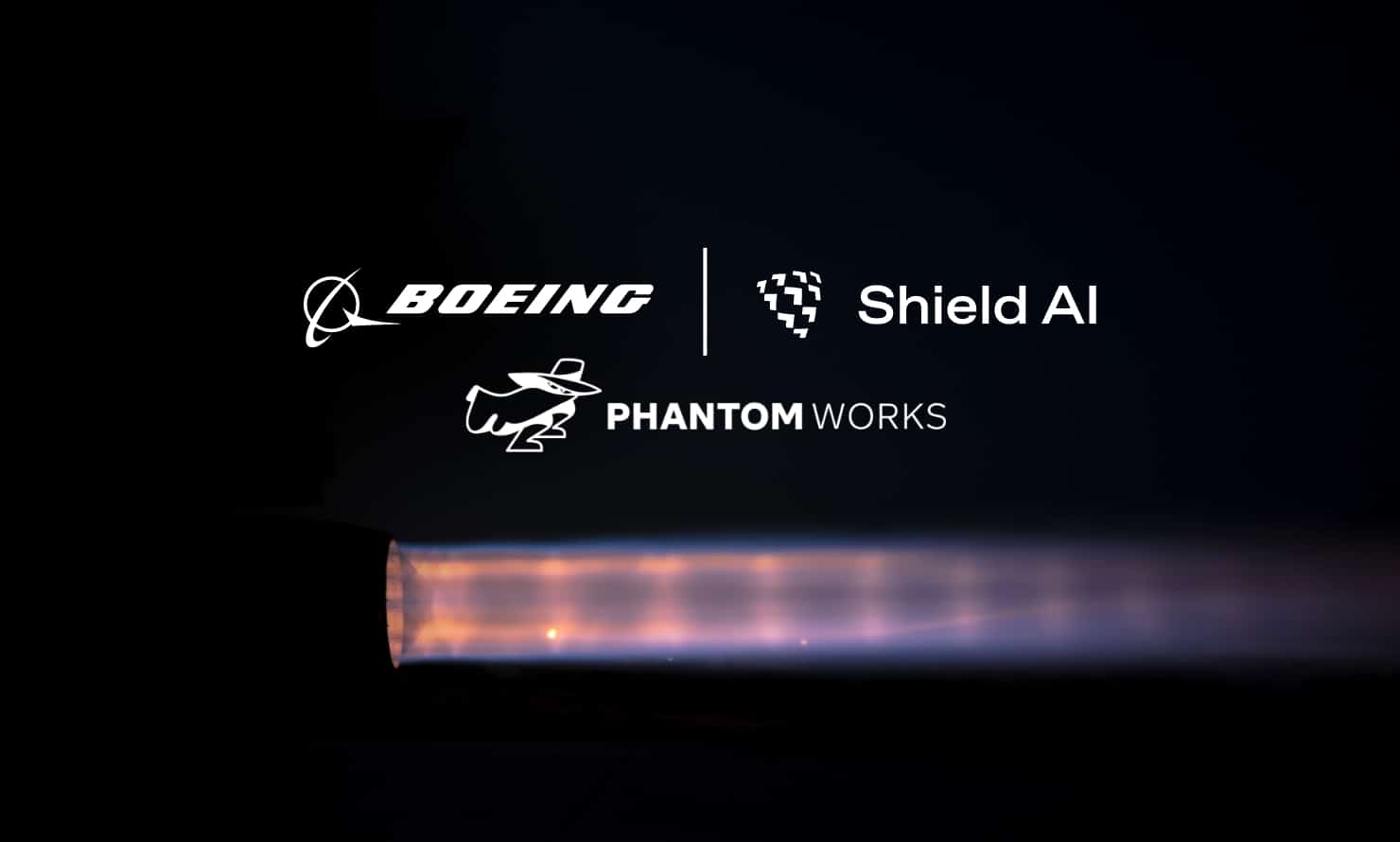[January 17, 2023]
V-BAT: A Gold Standard for Architectural Excellence

I came to appreciate engineering architecture as a newly minted electrical engineer working on wireless power. My first startup, WiPower, would go on to be acquired by Qualcomm. At Qualcomm I continued my work on wireless power, helping the technology become an industry standard now available in millions of devices. It was through this journey that I developed the conviction that the most important consideration, when building any piece of technology, is its architecture.
Building upon great technical architectures empowers engineers to be ten or even 100 times more productive, and conversely, poor technical architecture can make progress impossible for even the most skilled engineering teams. Excellent Architecture matters and has three traits: economic, simple, and pushes against the boundaries of physics.
V-BAT is the strongest example of excellent architecture I’ve seen in my career. It was invented by Steve Morris, a Stanford PhD and visionary aircraft designer, who is well known for being a member of a three-person cohort that created the American mid-size drone industry. An ideal Group 3 has the following traits: VTOL, long range, high payload, long endurance, high reliability, simple to use and maintain, fast, and expeditionary. When we were looking at the companies building medium-size aircraft as part of our mergers and acquisitions strategy, we set out to find a platform that had all these traits but also stood out above the rest. We looked at every company that was offering something in this aircraft segment and found a sea of sameness – the conceptually simple but architecturally kludgy hybrid VTOL aircraft. This architecture consists of what is, in essence, two different aircraft combined into one structure. One plane is for forward flight and the second aircraft, a quadcopter, for takeoff and landing.
V-BAT is one of those rare examples of excellent architecture with tremendous outcomes. The carbon fiber structure that houses its duct replicates an entire VTOL lift kit. All the complexity, failure modes, maintenance and sustainment requirements, and batteries of an entire aircraft are replaced by a passive structure that weighs only three pounds and has no maintenance requirements. Let me be super clear: its architects fit all the capabilities of an entire aircraft into a passive ring.
Whether we’re talking about its patented ducted-fan design – which increases thrust by 85%+ at equivalent engine power AND provides significant advantages in forward flight by allowing a fixed propeller to continue to do work in much higher airspeeds than an open propeller can – or the fact that unlike hybrid quadrotors, it requires no batteries and can therefore operate in extreme cold (-40C) or heat (45C), it is clear V-BAT has taken its place as the most architecturally excellent, reliable, safe, and efficient aircraft in its class.









